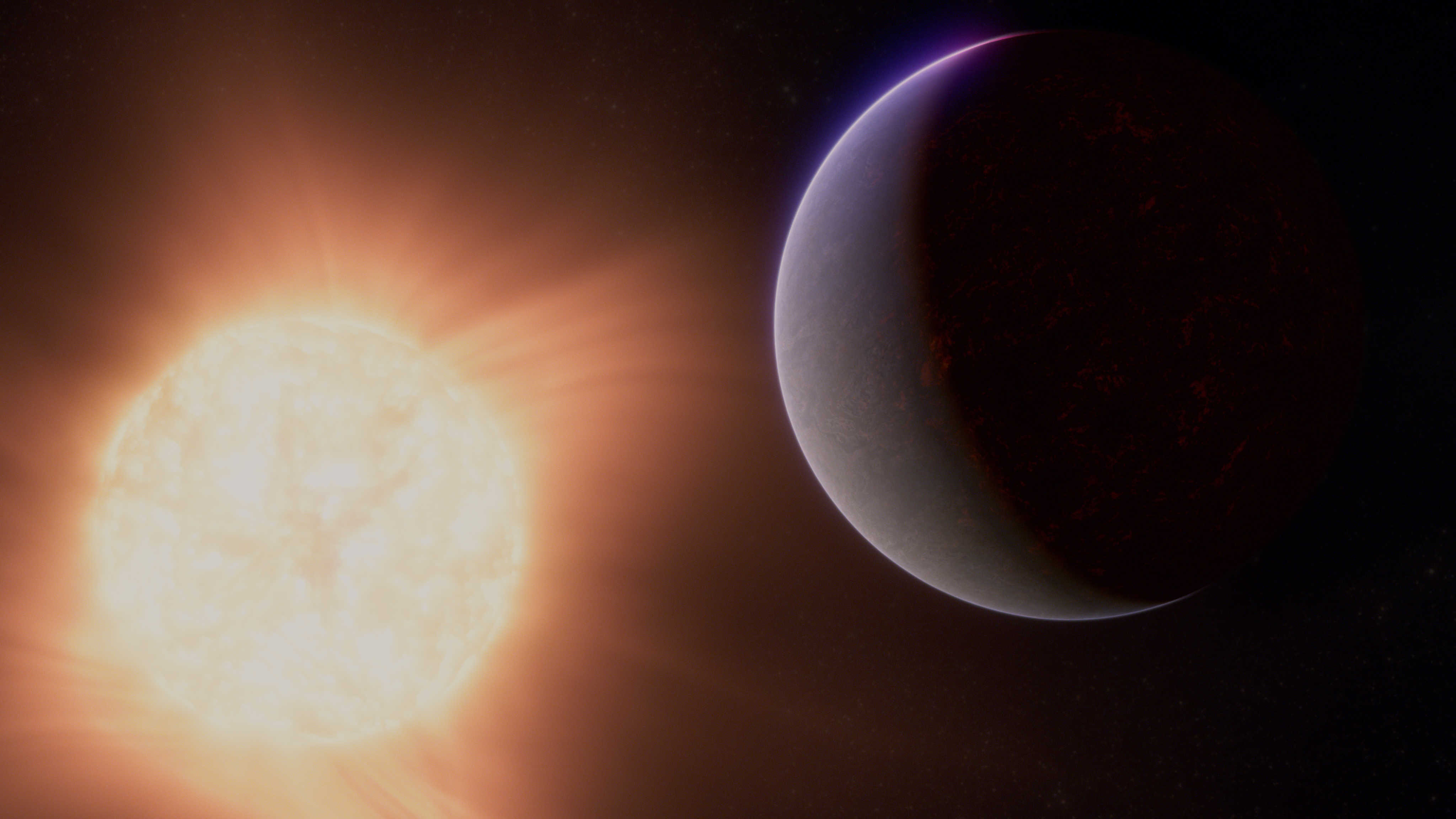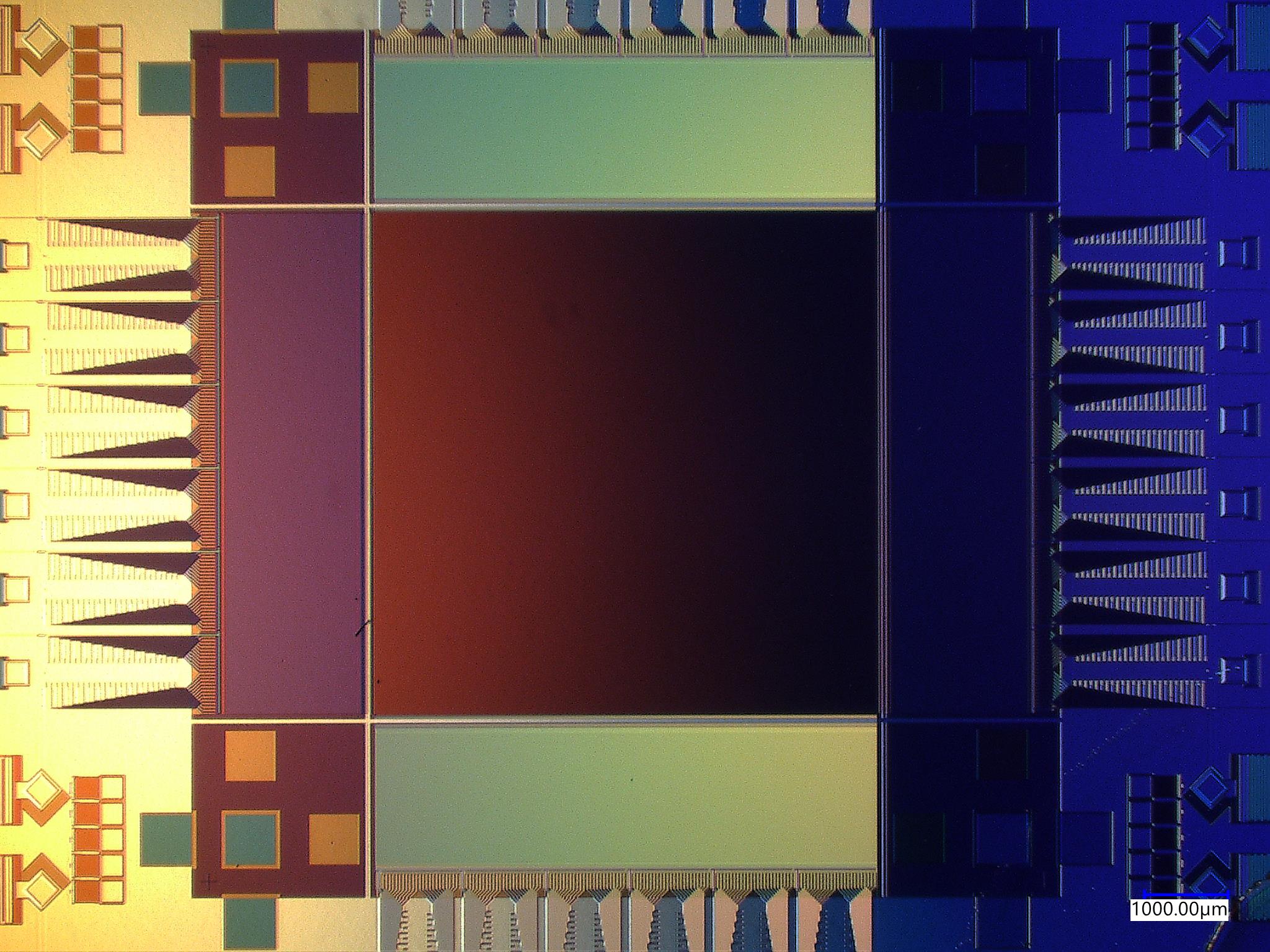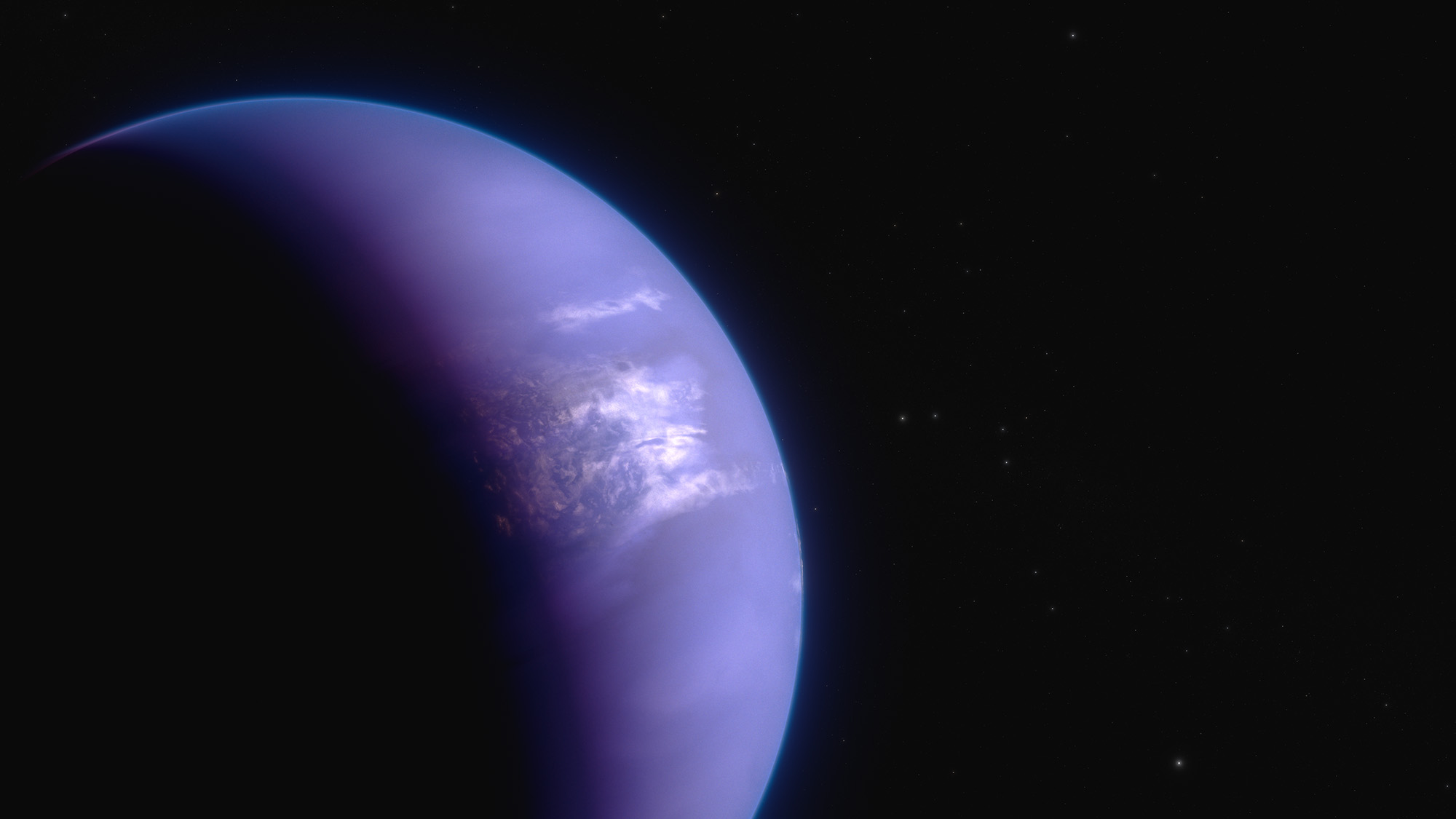Exoplanet Science
News & Articles

Discovery Alert: Mini-Neptune in Double Star System is a Planetary Puzzle
4 min read
The Discovery A planet that could resemble a smaller version of our own Neptune orbits one of two Sun-like stars…
Article8 hours ago

NASA Tool Gets Ready to Image Faraway Planets
7 min read
A technology demo on the Nancy Grace Roman Space Telescope will help increase the variety of distant planets scientists can…
Article8 hours ago

Discovery Alert: An Earth-sized World and Its Ultra-cool Star
4 min read
Our galaxy is a jewel box of red stars. More than 70% of the stars in the Milky Way are…
Article6 days ago

NASA’s Webb Hints at Possible Atmosphere Surrounding Rocky Exoplanet
7 min read
Researchers using NASA’s James Webb Space Telescope may have detected atmospheric gases surrounding 55 Cancri e, a hot rocky exoplanet…
Article2 weeks ago

Breaking the Scaling Limits: New Ultralow-noise Superconducting Camera for Exoplanet Searches
6 min read
When imaging faint objects such as distant stars or exoplanets, capturing every last bit of light is crucial to get…
Article2 weeks ago

NASA’s Webb Maps Weather on Planet 280 Light-Years Away
6 min read
An international team of researchers has successfully used NASA’s James Webb Space Telescope to map the weather on the hot…
Article3 weeks ago
Keep exploring
